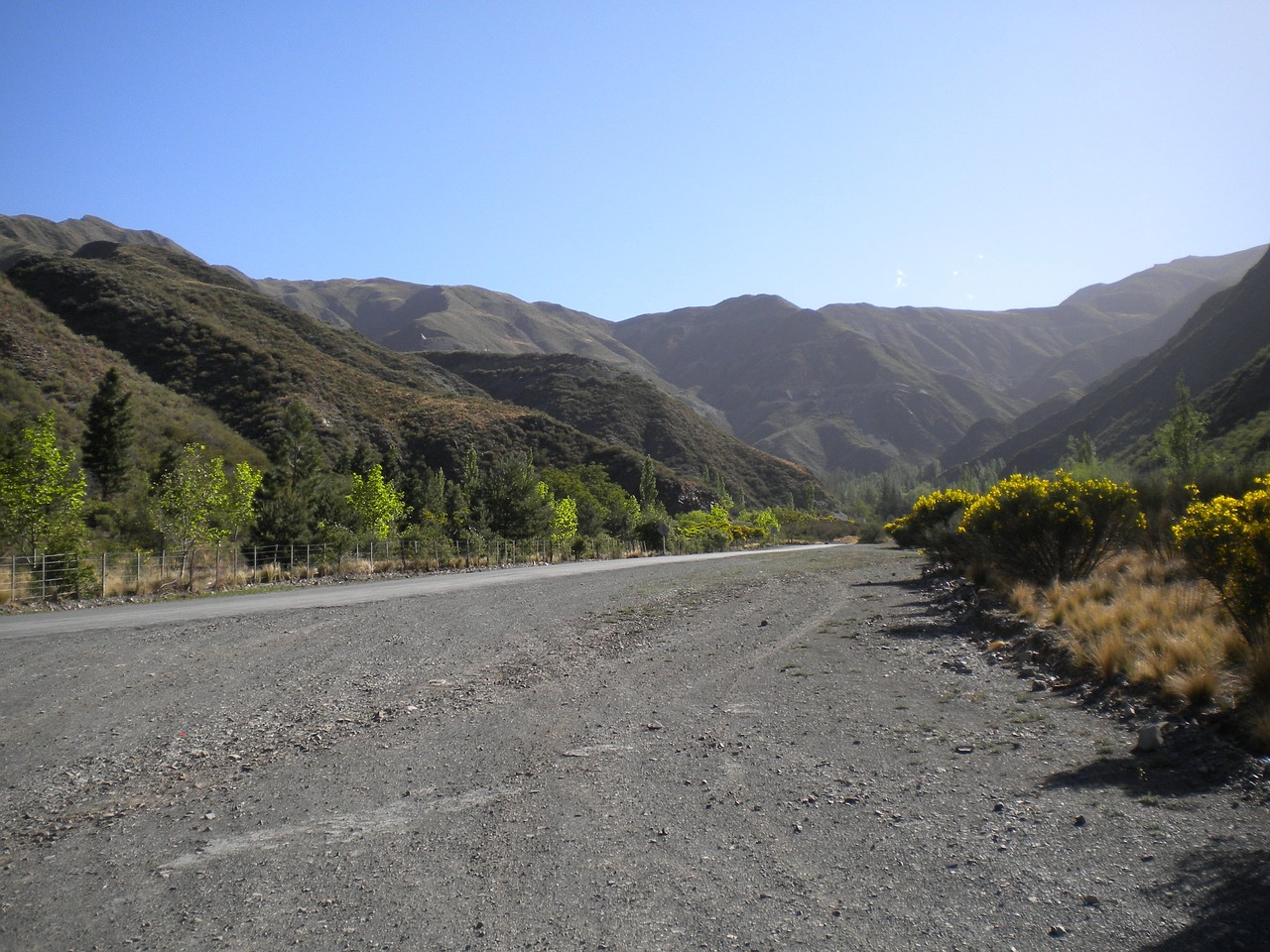

With jaw-dropping scenery, an abundance of exotic wildlife, colonial towns, and cities rife with superb cuisine and vibrant culture, it is no wonder that Argentina is a popular travel destination. Located in the southern region of South America in a large, elongated shape, Argentina was sparsely inhabited by a few indigenous tribes before Spain’s colonized it in the 16th and 17th centuries. Today, the country is an independent republic featuring varied landscapes from rich plains to thick jungle, majestic mountains, pastoral steppes, and impressive glaciers.
Mendoza, the wine capital of Argentina, is situated in the scenic foothills of the Andes. In 2009, National Geographic named Mendoza one of the top 50 destinations to visit in the world. It’s a convenient base for exploring the province’s rugged countryside. Famed for its neat vineyards and thriving wine production, Mendoza remains the place to visit for a pleasant combination of relaxation and recreation. Though many tourists spend the bulk of their Mendoza holiday touring the renowned Argentine wine route, the city and the surrounding area offer a range of other activities, from paragliding and parachuting to hiking and boating.
Equally suitable for adrenaline addicts in need of constant excitement and hedonists on the lookout for self-indulgence, a trip to Mendoza is also places near the Aconcagua, the tallest peak in the Western and Southern Hemispheres. Located in the western region of Argentina, Mendoza is one of the most popular tourist destinations in the country.
Tourist Attractions In Mendoza : 24
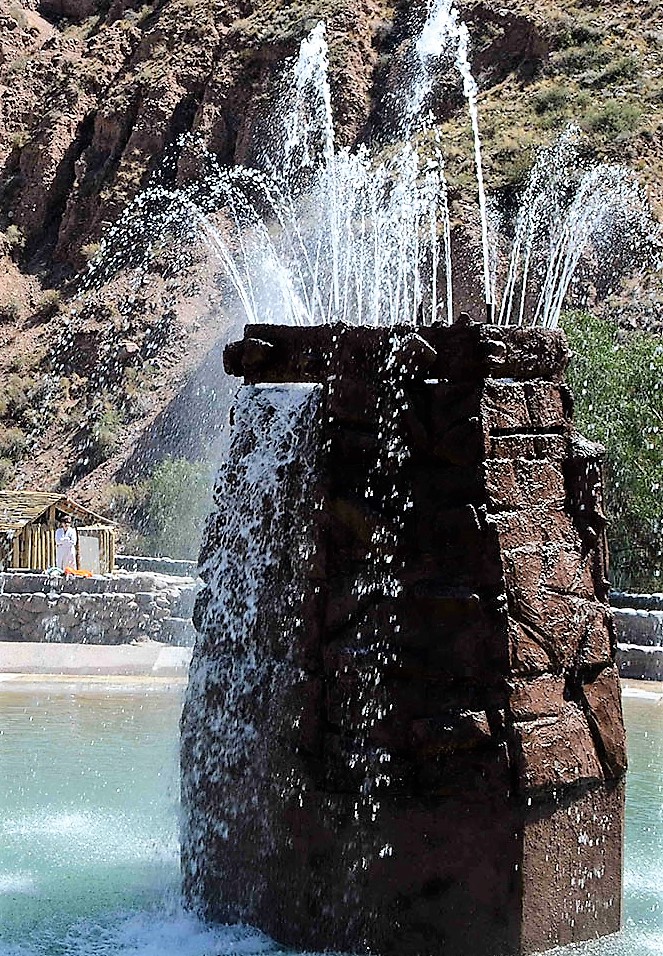
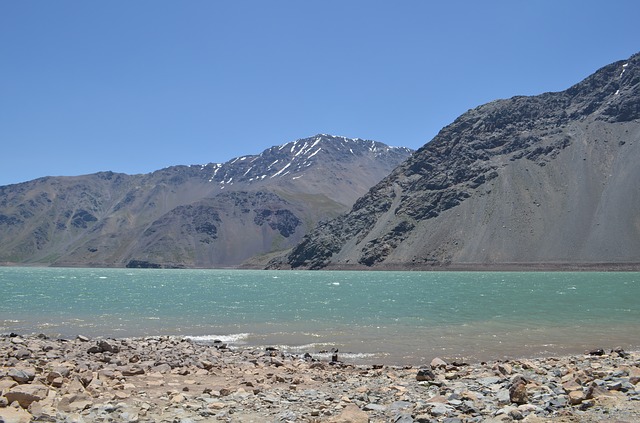
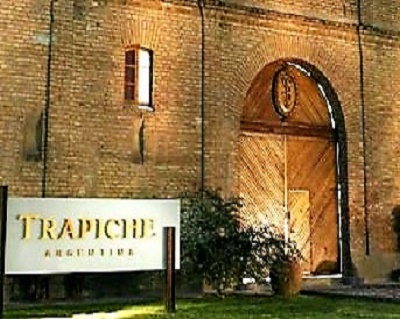
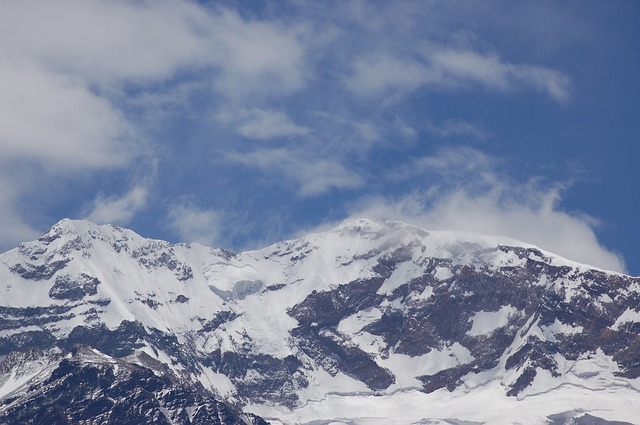
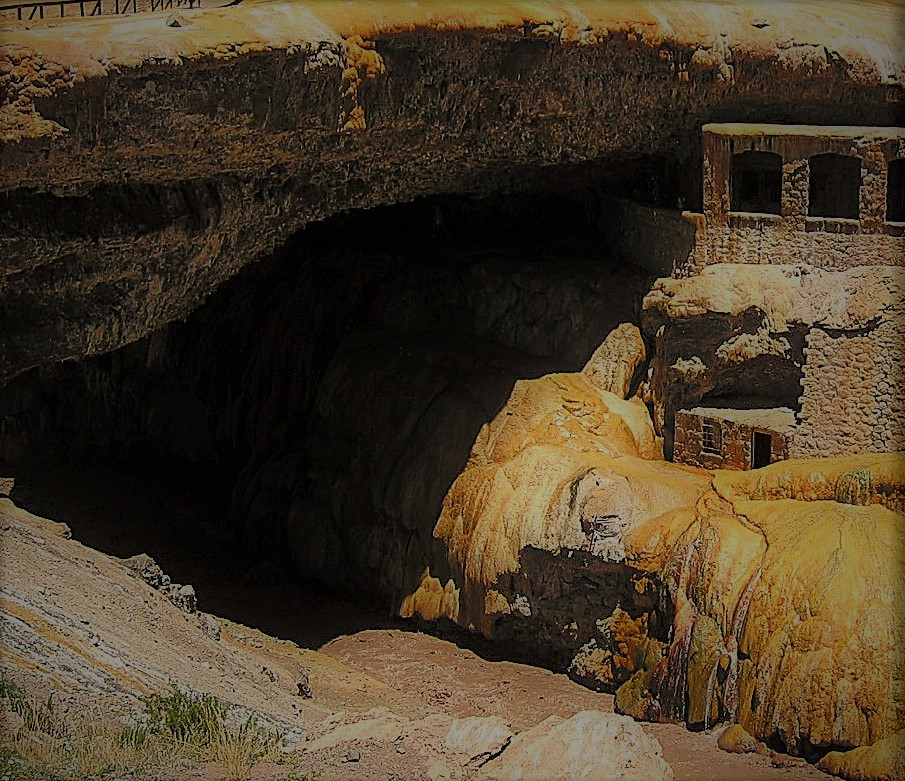
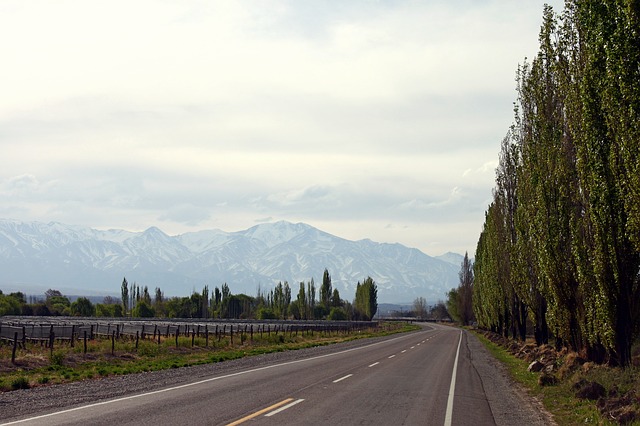
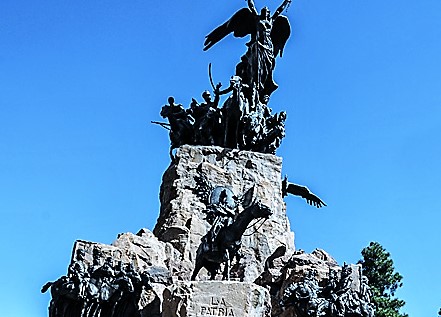

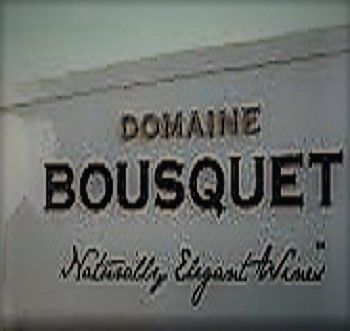
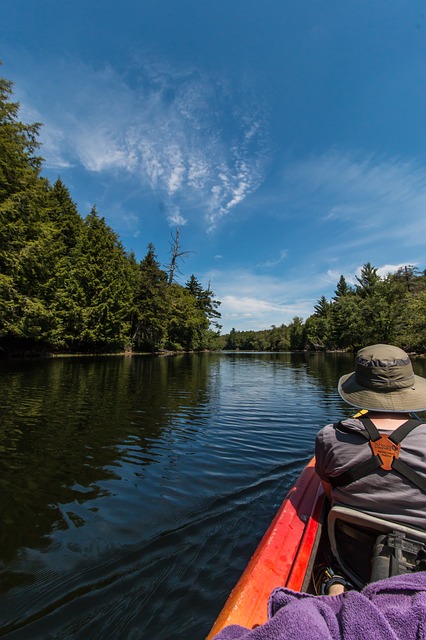



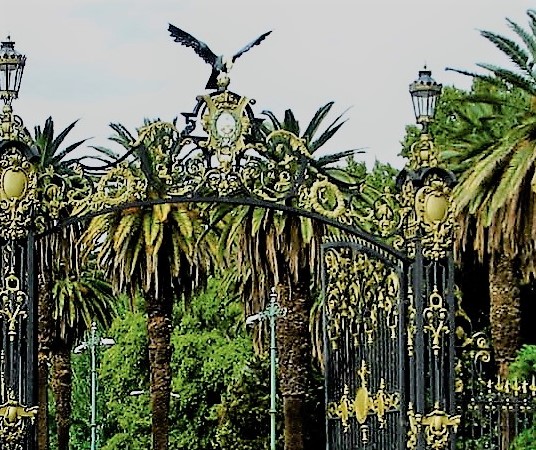
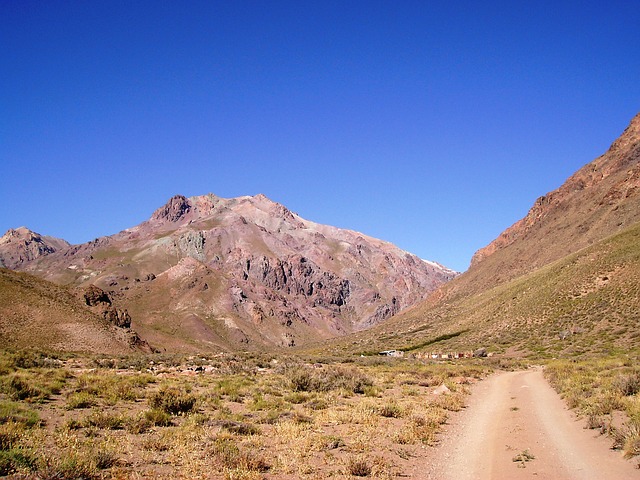



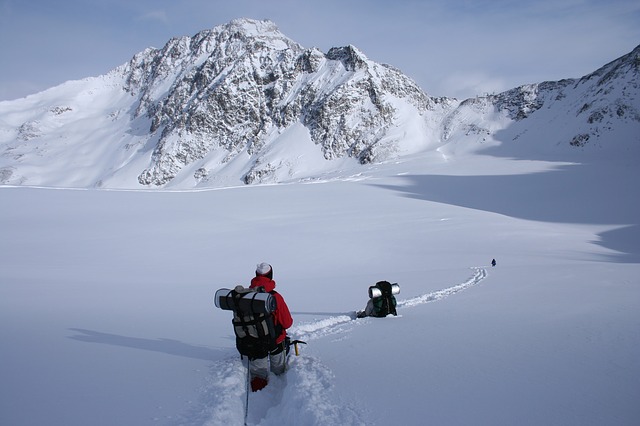
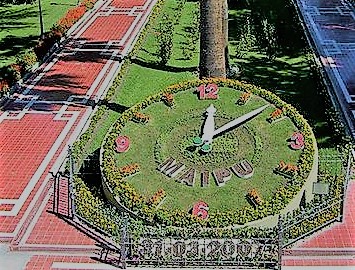
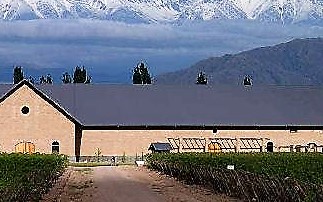
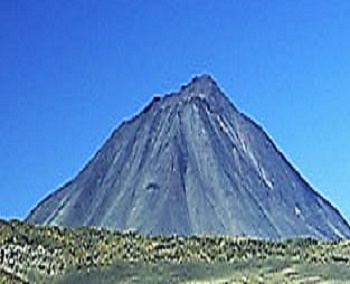
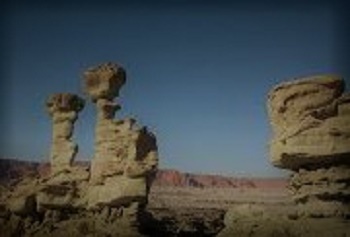

By Air - Gov. Francisco Gabrielli International Airport serves Mendoza, with flights to and from Buenos Aires taking less than 2 hours and less than 1 hour to and from Santiago.
By Train - A new 12.6 kilometre light rail line, the Metrotranvia Mendoza, opened for regular service in October 2012 and serves five areas of the Greater Mendoza conurbation. The line runs from Estacion Central at the site of the former intercity passenger train station, near the city centre south to Maipu.
By Bus - The large bus terminal is about two kilometres from the city center. There are daily bus connections to all major destinations including Bariloche and Santiago de Chile, a beautiful 7 hour bus ride crossing the Andes.
Local Transport - The public transport system includes buses, the Mendoza trolley bus system, and taxis. The trolley buses are more comfortable than the diesel buses, but are slower, not as numerous nor is the system as extensive. Buses are cheap and plentiful, but a little confusing at first. Taxis are plentiful, metered and fairly cheap, costing about the same as in Buenos Aires.
1 - MENDOZA - [FAMOUS FOR PARCELS IS CARNE IS ABAKED OR FRIED PASTRY (MINCED OR CHOPPED BEEF OFTEN MIXED WITH ONION AND CUMIN) ; DULCE DE LECHE IS A SWEET MADE FROM MILK AND SUGAR ; TORTITAS ARE MADE WITH WATER, FLOUR, BUTTER, YEAST AND SALT, THREE TYPES OF TORTITAS ARE Pinchada, Manteca AND HOJA ; TOMATICAN IS LIKE A TOMATO SOUP MADE OF TOMATOES, EGGS, ONION, OREGANO BREADCRUMBS AND SALT ; HUMITA MADE WITH SWEET CORN, ONIONS, MILK, BUTTER AND CHILI FLAKES
Updated 24 Mar 2018
Updated 24 Mar 2018